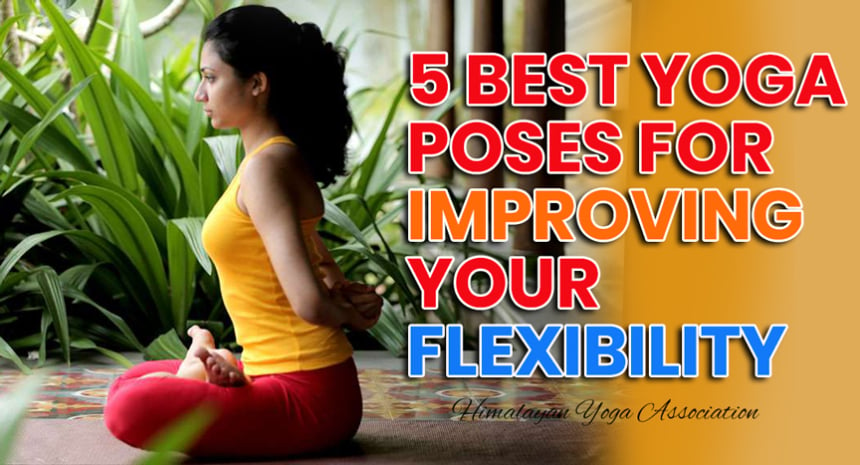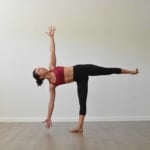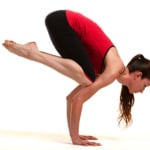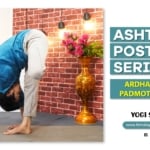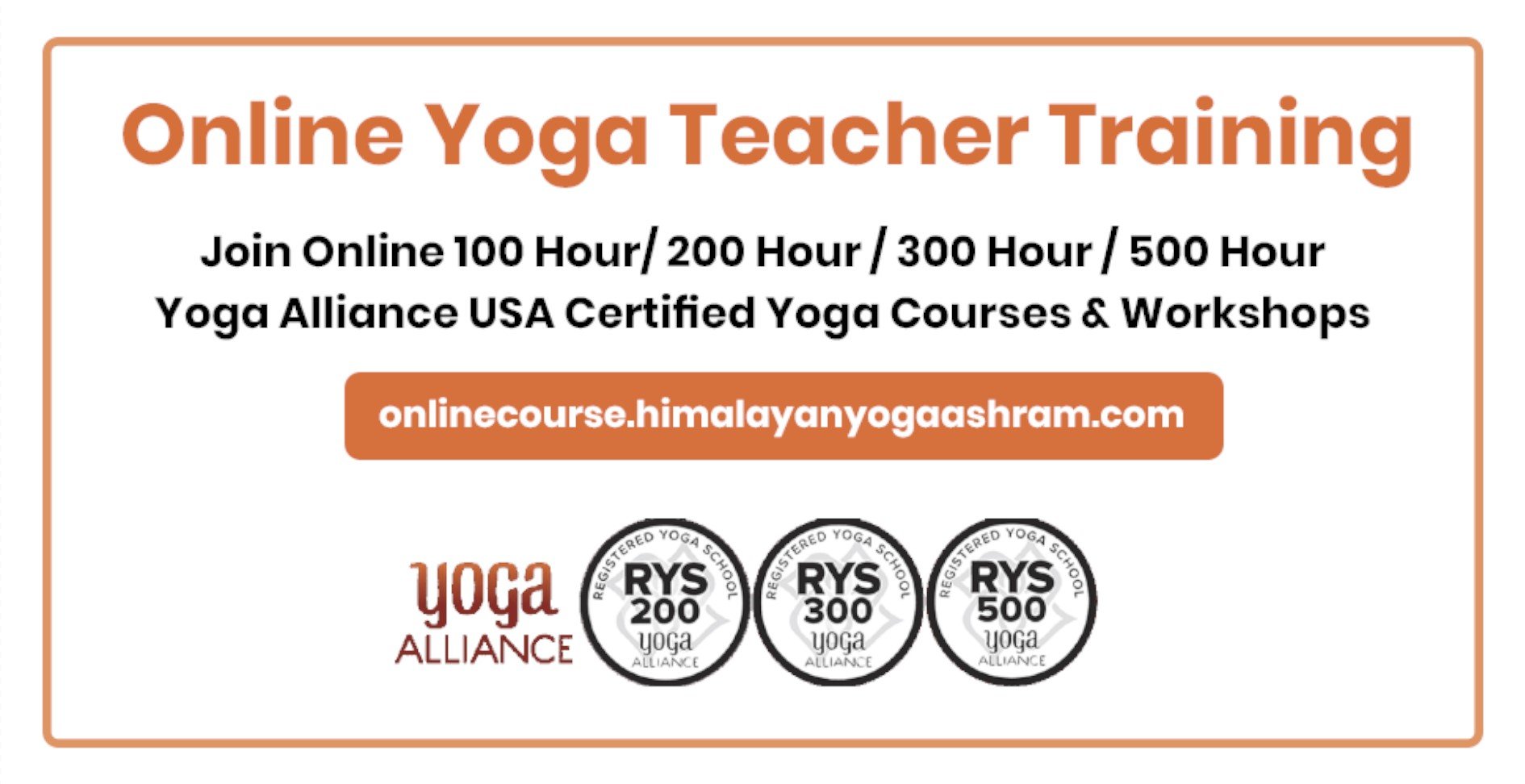5 Best Yoga Poses For Improving Your Flexibility
By Himanshu JoshiYogapose, yoga“When you are joyous, look deep into your heart and you shall find it is only that which has given you sorrow that is giving you joy, ” said Khalil Gibran in The Prophet.
It is only when we have experienced sadness we feel the intensity of joy. When there is a long spell of darkness we know the presence of light. The deeper the darkness, the higher is the value of the flight.
Similarly when we find the movement of the body limited we understand what flexibility means. We need a flexible body to carry out day-to-day work whether it is fetching a glass of water from an overhead tap or walking up to a neighborhood shop. But an inflexible body could make it impossible at times.
Read More – Top 7 Yoga Poses for Beginners and Health Benefits
Yoga’s ultimate purpose is to discover oneself by constant meditation. But the ability to sit for a long meditative state depends on how strong and flexible our bodies are. If there is stress in the body, it may be difficult to sit quietly even for a minute. This is the reason, perfect health is needed to progress on the path of yoga. The various asanas ensure that the body is flexible enough to allow the seeker to sit quietly and meditating for hours and days altogether to realize the state of liberation.
Not without reason, asanas and pranayamas precede pratyahara (withdrawal of senses), Dharana (concentration), dhyana (meditation), and samadhi (union with God) in Maharshi Patanjali’s Ashtanga (eight limbs) Yoga.
A high rest level of flexibility in the body is hence a prerequisite for realizing the full benefits of yoga. When a seeker attains high level of flexibility in the body, he progresses to the next step of the yogic life.
Even otherwise, a high degree of flexibility is needed to perform various activities. The more flexible a body part or joint is, higher is its ability to undertake various tasks. Flexibility enhances mobility in the body and hence eventually leading to stronger muscles and stamina.
Lack of flexibility in the body makes it difficult to do various asanas and in case the practitioner exerts pressure there is always a possibility of injury. The injury could be permanent in certain cases. Regular practice of asanas stretches various body parts and makes the muscle strong. It is said that each muscle has its own brain and is aware of the flexibility in a joint. It, therefore, supports movement depending on the flexibility in a body part.
Flexibility is very important for protecting the body parts from injury. While doing yogasanas, it plays key role in right alignment and doing the right posture. Its benefits are not limited to just the physical body. A flexible body means less stress and therefore good mental health. Many of us may wonder what does flexible body has to do with the mind but it is something one cannot experience without achieving it ourselves. The flexible body makes graduation of a seeker or practitioner to intermediate and advanced level of asanas quickly from beginner level.
Here are 5 best yoga poses for improving your flexibility:
Parsvottanasana (Intense Side Stretch)
Parsvottanasana is made of three words. Parsva means side, Uttana means severe stretch and asana means pose. The posture gives nice stretch to your hamstrings and shoulders and makes your wrists, hips, spine, and legs stronger.
Parsvottanasana is excellent for improving mobility around your shoulders and lengthening your hamstrings. It also improves the overall balance of the body and alignment. Parsvottanasana calms the mind and helps release stress and is good for your digestive system. The asana is also known to provide relief in joint-related problems like arthritis.
Steps to do it:
- Stand straight in mountain pose with your feet apart
- Move your left foot behind your right foot
- Place your hand behind your back and join your palms
- Bend forward over the right leg
- Hold this position for a few seconds
- Repeat with the other leg
Precautions
- People who have blood pressure issues should do the asana under the guidance of an experienced yoga teacher
- Pregnant women should avoid doing this pose
- Do not practice the pose in case you are recovering from a leg, hip or shoulder injury
Bitilasana Marjaryasana (Cat-Cow Pose)
Bitilasana Marjaryasana or the Cat-Cow Pose is very good for improving flexibility around your back area. The pose by making your muscles more flexible prepares you for advanced asanas. It removes stiffness from the back particularly and strengthens the spine and neck. The pose is also considered good for digestion and relieves menstrual cramps. It helps alleviate stress and makes relationships better in general.
In Sanskrit, major means cat and bitila means cow. The asana is a combination of the two asanas.
It opens the heart chakra which improves the energy flow and enhances self-love, trust, and unconditional love.
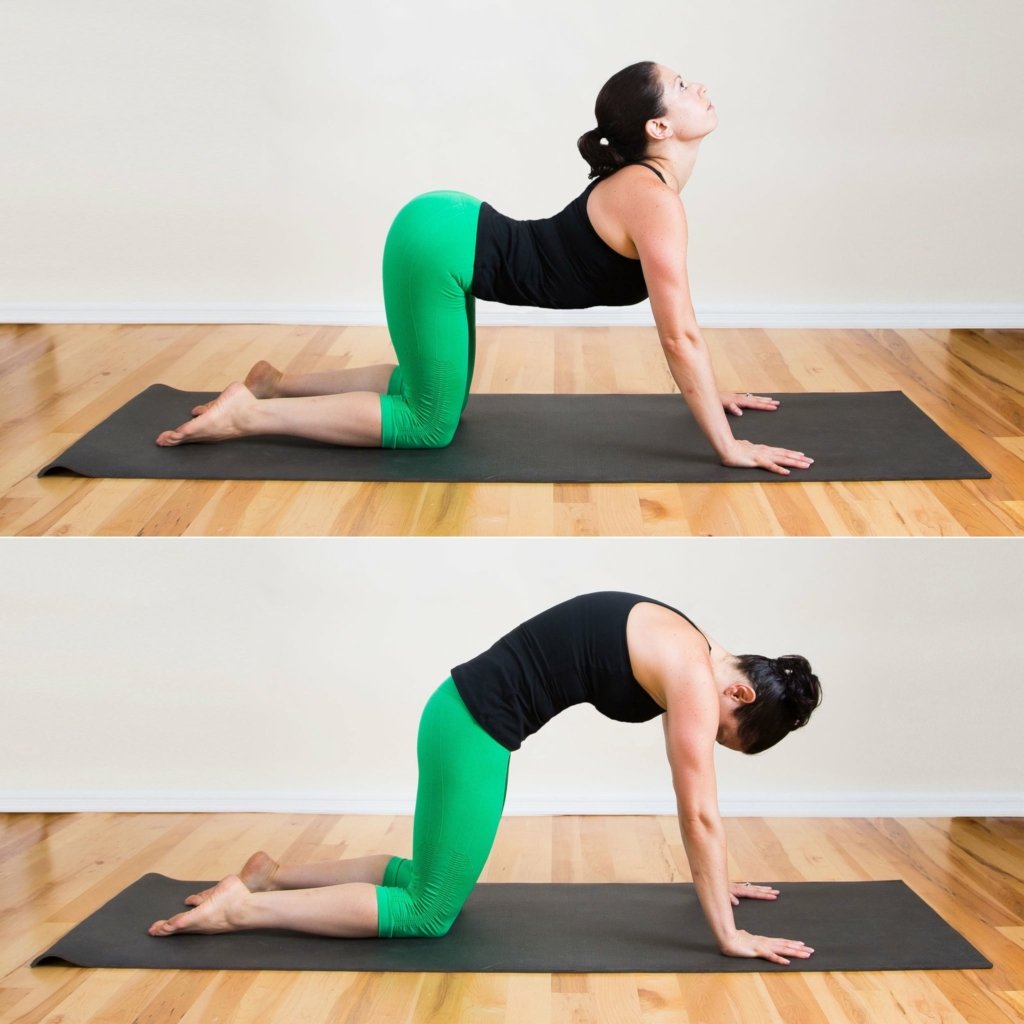
How to do it:
- Come on your knees and place the palms on the floor
- The knees should be under the hips and the hands should be positioned directly under the shoulders
- Inhale and raise the neck while taking the spine inwards and throwing out tail bone
- Exhale and lower the face bringing the chin down
- Move spine inwards and outwards with the movement of breath
- Practice this for 10-12 rounds
Precautions
- People with weak wrists must avoid practicing this asana or opt for a simple version of seated cat cow pose.
- If you have a shoulder injury, consult an experience yoga practitioner about practicing the asana
- If one has weak knees, then padding is required. Take advice of an expert.
- Pregnant women should do it under guidance.
.
Malasana (Garland Pose)
Malasana, the squat position is a very good way to not only strengthen your legs but tone up the entire lower body. It works on hamstring, quadriceps, calf muscles among others. Bending down to do Malasana also helps in toning abdominal muscles and helps with digestive issues. It also helps calm the body and the mind and taps into apana vayu, the downward moving breath which helps in elimination of toxic elements from the body and the mind. Malasana also improves balance and coordination. It is should also be done by pregnant women as this pose opens up pelvic muscles that helps in childbirth.
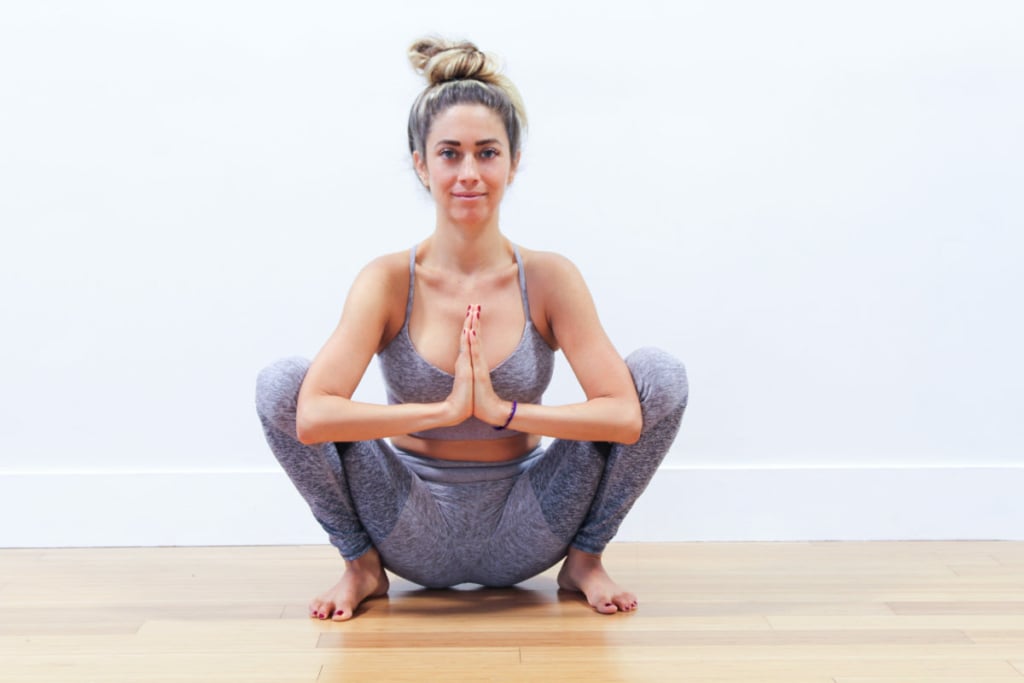
How to do it:
- Stand straight with your feet apart
- Turn your knees and feet outward
- Sit down in squat position
- Join your palms together in namaskar mudra
- Your elbows should gently touch your knees from inside
- Expand your chest and shoulders
- Keep your spine stretched out
- Hold the pose for some time
- Gently come out of it and repeat
Precautions
- People with joint issues should avoid doing this asana
- People with chronic low back issues must not practice this asana
Halasana (Plow Pose)
Hala in Sanskrit means plow. In Halasana, the body resembles a plow and hence the name. It is a wonderful pose for strengthening and stretching the spine. It tones up the back muscles. Almost the entire body part gets flexibility in Halasana. It alleviates tightness in the shoulders and neck. As joints in the legs, shoulders, arms, and spine get flexibility Halasana enhances mobility. It stimulates the abdominal organs and the thyroid. For mental well being it works very well and calms the mind. Among other multiple benefits, it also reduces high blood pressure and clears the respiratory system of mucus.
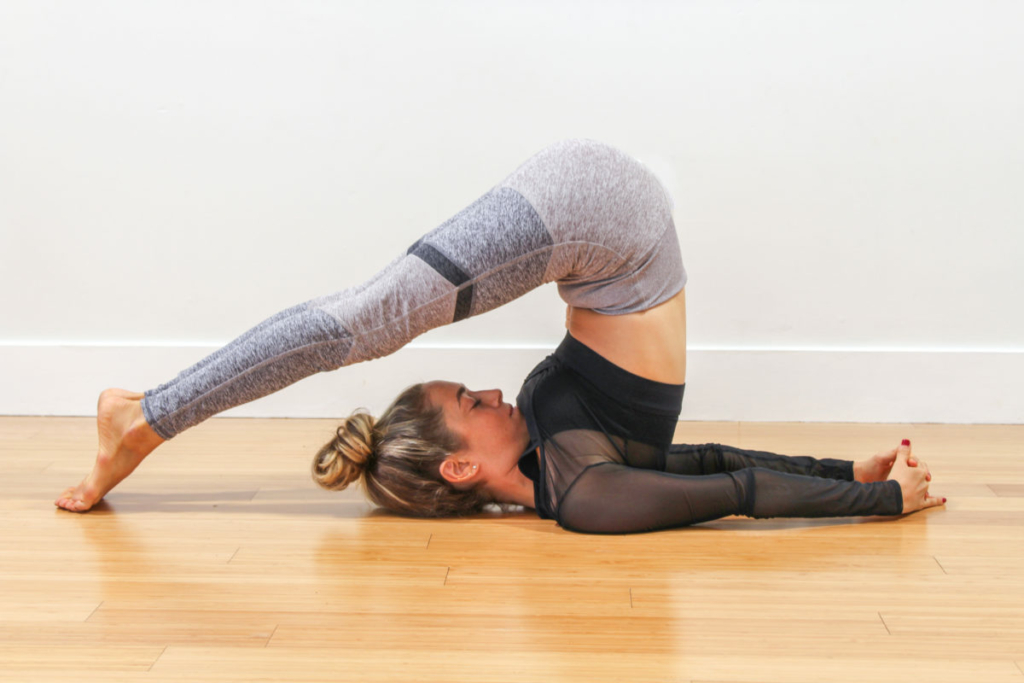
How to do it:
- Lie on your back
- Keep your arms sideways
- Bring your legs together and palms should face downwards
- Now lift your legs up till they are perpendicular to the floor
- With the help of your arms pressing against the floor, raise your buttocks and move your toes to touch the ground over your head
- If your feet are not able to touch the ground, don’t force the movement
- Bring your arms closer and try to entwine fingers of both hands together
- Bring your chin at the centre of the collar bone
- Hold the pose for as long as you are comfortable
- Slowly release the pose
Precautions
- Avoid doing Halasana in case of slipped disc or pain or injury in back or neck.
- Halasana should also be avoided when you have hernia, sciatica, enlarged thyroid, spleen or liver.
- Patients with cervical or heart problems must not do this asana.
- If you have constant headaches, avoid this pose.
- Halasana should not be practiced during pregnancy or while menstruation.
Dhanurasana (Bow Pose)
Just like a warrior gets strength from his weapon, the flexibility attained by Dhanurasana acts as a weapon in shedding the incorrect posture and achieving a healthier life.
Looking like bow in the final pose, Dhanurashana strengthens back and abdominal muscles. It makes legs, arms, thighs, neck and hips more flexible.
Dhanurasana opens up shoulder blades, chest, neck and stretches the entire front body. It works on ankles, thighs, groins, abdomen and throat. The asana is also quite helpful in reducing belly fat and waist fat.
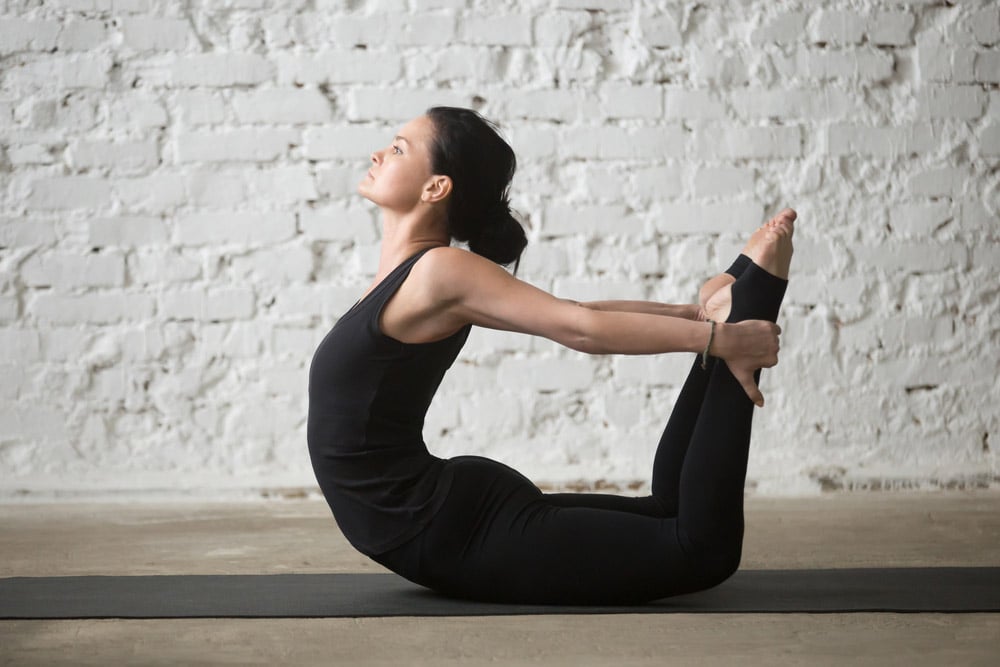
How to do it:
- Lie on your stomach
- Keep your feet apart and arms by side of your body
- Fold your knees. Hold your ankles by taking your hands backward
- Lift your chest and pull your legs up, towards the back
- Look straight
- Your body now resembles the shape of a bow
- Hold the asana for a while
- Do not overdo the stretch.
Precautions
- People with slipped disc or spinal cord issues should not practice this asana
- If you have stomach issues, consult an experienced teacher before attempting the pose

